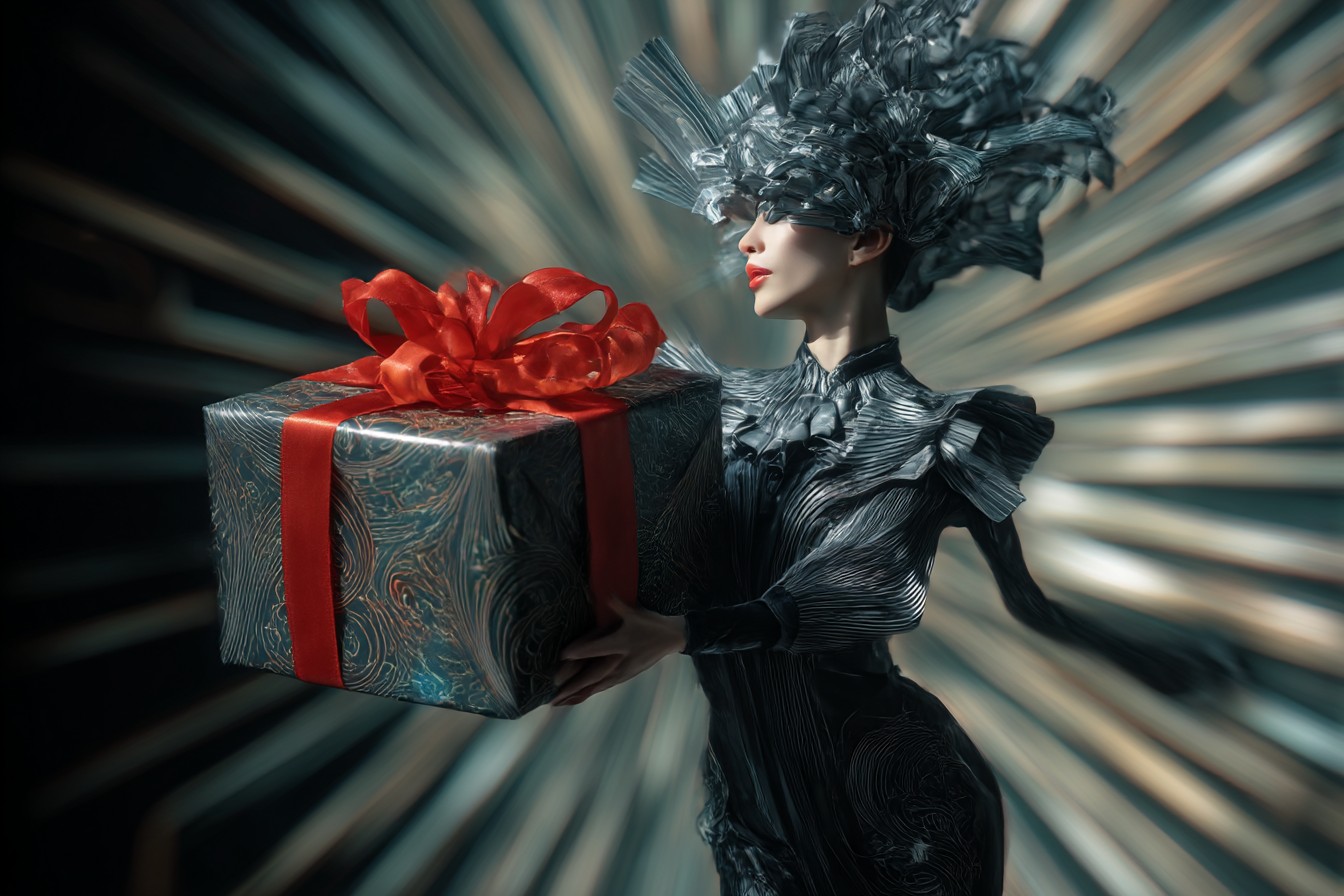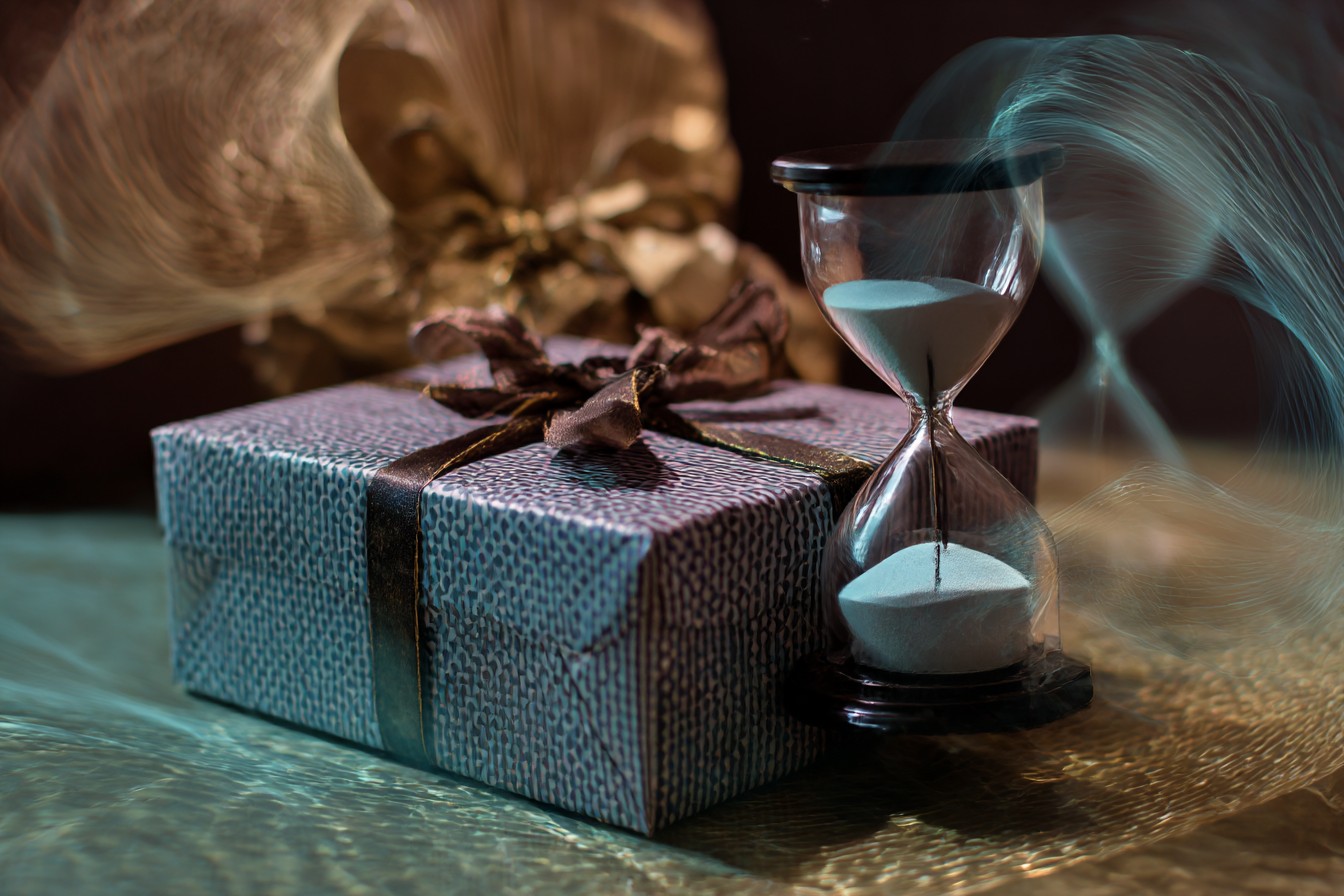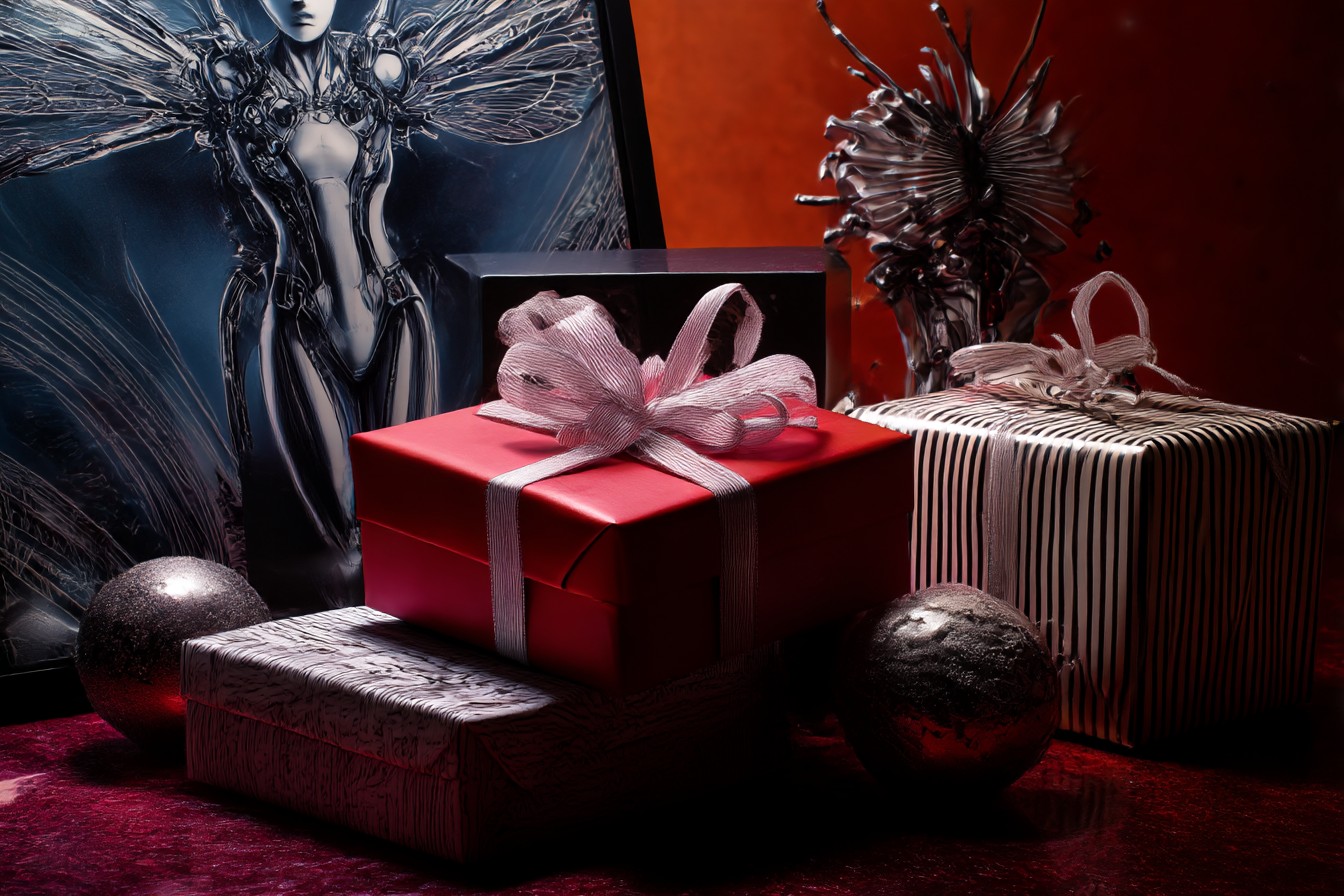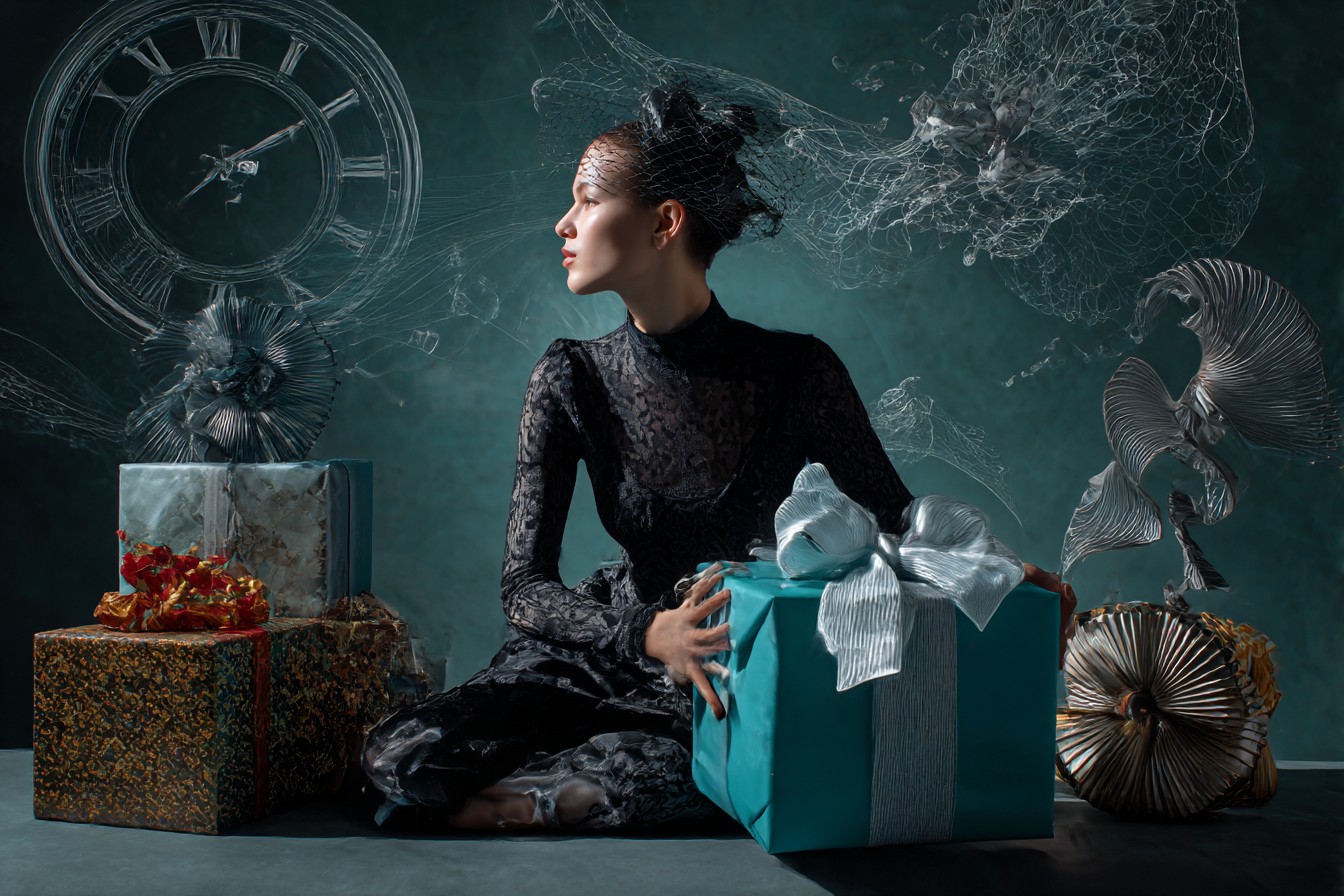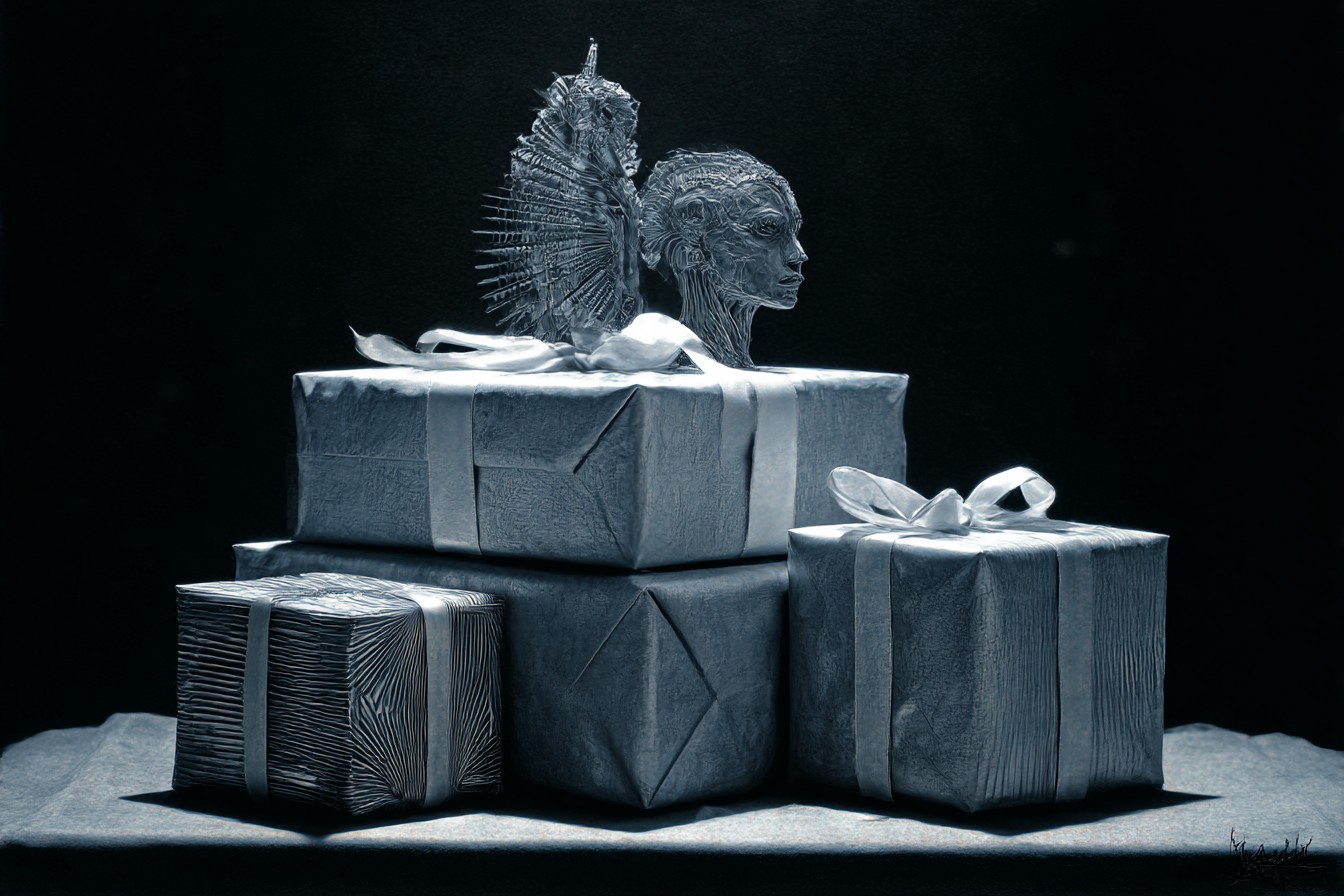I’ve always thought about gift-giving as a form of time travel. Sounds ridiculous, right? But hear me out. When I choose the perfect present, I’m not just handing over a thing wrapped in pretty paper—I’m creating a portal to another moment in time.
Last Christmas, I gave my brother Sam a vintage arcade machine loaded with the games we used to play as kids. You should’ve seen his face when he unwrapped it! Forty-two years old, mortgage, three kids, and suddenly he was ten again, arguing with me about whose turn it was to play Galaga. We stayed up until 2 AM that night, drinking beer and battling pixelated aliens, our thumbs sore from mashing those buttons just like they used to be. For those hours, we weren’t middle-aged siblings with creaky knees and early morning meetings—we were kids again, transported back to our parents’ basement circa 1992.
That’s what I mean by time travel. The right gift can collapse decades in an instant.
I got into this whole time-travel gift philosophy after a particularly disastrous birthday present for Jake. We’d been dating maybe six months, and I bought him this gorgeous leather messenger bag that cost way more than I should’ve spent. It was practical, stylish, exactly what a young professional should carry to work. And he… well, he thanked me politely and tucked it into the closet, where it gathered dust for years.
The problem? I’d bought a gift for the Jake I thought he should be, not the Jake he actually was or wanted to become. The bag represented some fantasy future where he was a different person, and every time he looked at it, it probably felt like pressure rather than pleasure.
That’s when I started thinking more intentionally about the timeline of my gifts. Was I trying to connect someone with their past? Their potential future? Or maybe just giving them something to enhance their present?
I’ve got this theory now—every great gift falls somewhere on what I call the “temporal significance spectrum.” Yeah, I know how that sounds. My friends roll their eyes when I start talking like this. But stick with me.
On one end, you’ve got nostalgia gifts—things that reconnect people with meaningful past experiences or versions of themselves. That arcade machine for Sam? Classic nostalgia play. Same with the mixtape (okay, Spotify playlist, but I did burn it onto an actual CD because I’m committed to the bit) I made for my college roommate Dana, filled with all the songs we used to blast while cramming for finals. When she texted me “OMG I’m literally crying listening to Natalie Imbruglia in my minivan right now,” I knew I’d nailed it.
Then there are present-moment gifts—things that enhance someone’s current life and interests. These are probably the most common type of gifts, and they can be wonderful if they’re thoughtful. The Japanese vegetable knife I got my friend Miguel after he took that cooking class, or the waterproof speaker for my sister who spends every summer weekend at the lake.
But the trickiest category—and often the most meaningful when you get it right—are what I call future gifts. These are presents that create new experiences or memories, or that gently nudge someone toward a possible future they’re curious about but haven’t fully embraced.
My aunt Carol once gave me a beautiful journal and a photography workshop gift certificate for my birthday. At the time, I’d mentioned maybe wanting to try travel writing “someday.” That gift basically said, “I believe in this future you’re considering.” Six months later, I was submitting my first travel piece to a local magazine, using photos from that workshop. Carol saw a possible me before I fully did.
But here’s where it gets complicated. There’s a fine line between giving someone a gift that opens a door to a future they’re interested in versus imposing your vision of who they should be. Jake’s messenger bag was the latter—my idea of his future, not his.
I’ve developed a sort of mental checklist when I’m considering a future-oriented gift:
Has the person actually expressed interest in this potential future? (Not just something I think would be “good for them”)
Does the gift invite rather than push? (Workshops, beginner-friendly equipment, or experiences usually work better than top-of-the-line gear that creates pressure)
Does it acknowledge where they actually are in their journey? (A professional camera would have overwhelmed me at that stage, but the beginner workshop was perfect)
I messed this up spectacularly last year when I bought my friend Tasha a fancy home cheese-making kit. She’d mentioned wanting to try more creative cooking projects, and I went full Olivia on it—researching the best kits, reading reviews, even finding one that specialized in lactose-free options since her partner can’t do dairy.
Well. Turns out what Tasha meant by “creative cooking projects” was “maybe trying a new pasta sauce recipe once a month,” not “transforming her kitchen into an artisanal dairy laboratory.” She sent me a hilarious photo three months later of the untouched kit gathering dust on her pantry shelf with the caption: “I appreciate your faith in my nonexistent culinary ambitions.”
The cheese kit now lives at my house, where I’ve used it exactly once and produced something that I’m pretty sure violated several health codes. Jake referred to it as “biological warfare masquerading as appetizer.” Fair enough.
But for every cheese kit failure, there’s a hit that makes it all worthwhile. When my dad retired, I didn’t get him the standard watch or golf clubs. Instead, I found an old-school film camera like the one he used when I was little, back when he was always documenting family trips before his career took over and the camera collected dust. Along with it, I planned three day-trips to places perfect for photography, with the first one scheduled for the week after his retirement.
Mom told me he was actually choked up after I left. Six months later, not only had they taken all three trips, but he’d signed up for a photography club in their neighborhood. Now my parents’ house has new photos next to the decades-old ones, creating this beautiful continuum of our family history.
That’s the thing with time-travel gifts—when they work, they don’t just connect someone to a single moment. They can actually help stitch together a person’s past, present, and future into something cohesive and meaningful.
I’ve started keeping track (shocking, I know—me, keeping detailed gift records?) of which gifts have lasting impact versus which ones quickly fade into the background of someone’s life. The time-travel ones, as I call them, consistently create the biggest emotional responses and tend to be used or remembered long after the more conventional presents have been forgotten.
Sometimes the nostalgia factor can be subtle. Jake doesn’t own anything from his childhood—his family moved a lot, and things just didn’t get kept. Early in our relationship, I noticed how wistful he’d get watching certain movies from the 80s. For his birthday, instead of something practical, I tracked down an original Thundercats action figure still in its packaging—Lion-O, his favorite character. He mentioned once that he’d begged for it one Christmas but never got it.
When he opened it, he got this look on his face I’d never seen before—somewhere between disbelief and this pure, unguarded joy. He kept touching the package like he couldn’t believe it was real. He’s a grown man with a proper job and a mortgage, but that night I caught him carefully opening the package and setting up the figure on his office shelf. Some gifts let people reclaim pieces of themselves they thought were lost.
Future gifts are especially powerful for marking transitions. When my friend Leila finally submitted her doctoral dissertation after six grueling years, I gave her a custom star map showing the exact constellation arrangement on the night she finished, with the caption “Dr. Leila Parrish: The Night a Star Was Born.” Cheesy? Absolutely. But it acknowledged both the culmination of her past work and the beginning of her new identity. It now hangs in her university office.
The trick with future gifts is making sure they’re about possibility, not expectation. I gave my niece Sofia a set of watercolors for her tenth birthday, not because I expect her to become a painter, but because she’d shown interest in art, and I wanted her to have tools to explore that curiosity. Whether she becomes an artist or uses them three times and moves on to something else doesn’t matter—the gift says “I see your interest, and it’s worth investing in.”
I’ve actually started asking myself a specific question when choosing gifts: “What moment in time am I trying to create or acknowledge with this present?” Sometimes I’m trying to create a portal to childhood joys. Other times I’m celebrating exactly where someone is right now. And sometimes I’m offering a glimpse of a possible future self they’re curious about.
The gift misses happen when I mix these up—when I give a nostalgia gift to someone eager to reinvent themselves, or when I push toward a future someone isn’t actually interested in.
Jake teases me about overthinking presents, and he’s not entirely wrong. Not every gift needs to carry the weight of temporal significance. Sometimes a nice bottle of wine is just a nice bottle of wine. But I can’t help thinking that when we give gifts, we’re doing something almost magical—we’re acknowledging who someone has been, who they are now, and who they might become, all wrapped up in tissue paper and a bow.
My gift closet at home is basically sorted into these temporal categories now. (Yes, I have a gift closet. No, I don’t have a problem. Shut up.) There’s a shelf for nostalgia gifts—vintage items, photo gifts, recreations of childhood favorites. Another section holds present-moment enhancers—things that complement people’s current hobbies and interests. And then there’s the future shelf—experiences, beginner kits, and items that invite exploration.
The best gifts, though, sometimes manage to hit all three time zones at once. Like the cooking class I got for my mom last year, which connected to her childhood love of baking with her grandmother (past), acknowledged her recent interest in getting back into the kitchen after years of quick weeknight dinners (present), and opened doors to a retirement filled with new recipes and techniques (future).
When she called after the first class, bubbling over with stories about the perfect croissants she’d learned to make, I felt that little gift-giver’s high that never gets old. For a moment, she was simultaneously the little girl learning to bake with her grandmother, the busy mom who rarely had time to cook from scratch, and the enthusiastic retiree discovering new culinary adventures—all these versions of herself, traveling across time, connected by flour and butter and the simple joy of creating something delicious.
And really, isn’t that what we’re all looking for? Not just presents, but presence—across all the moments that make us who we’ve been, who we are, and who we might become.
